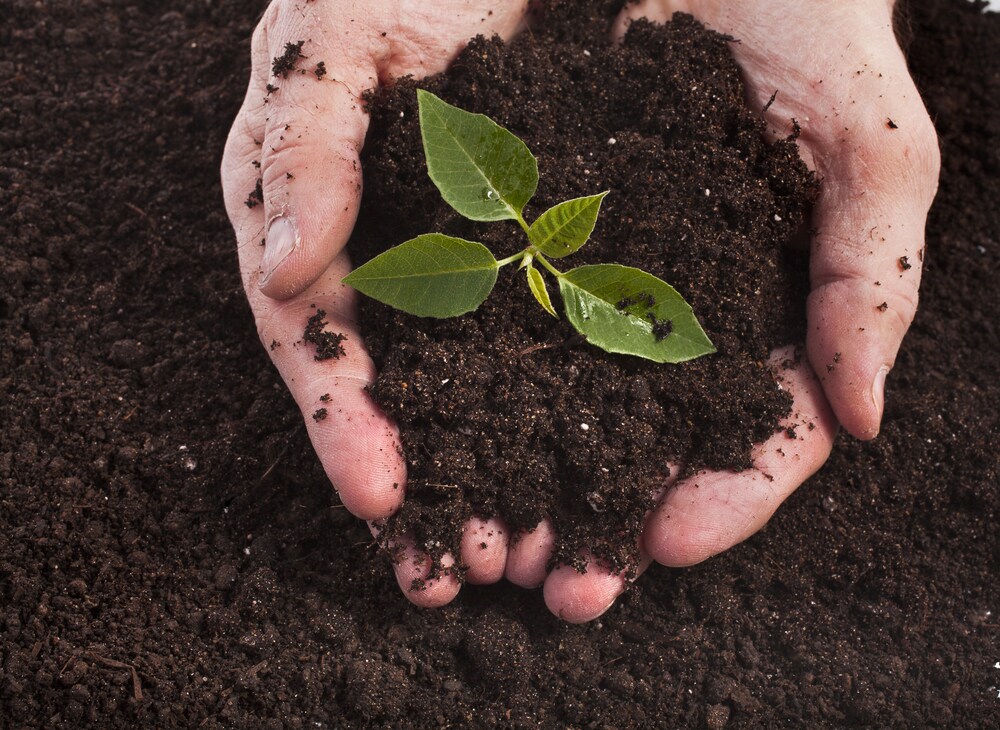 Selenium (Se) is an essential trace mineral occurring naturally in the soil. While Se content in soil varies mainly due to geology, some soil may contain excess Se by accidental contamination or the use of inorganic Se fertilizers. Excess Se is toxic to many plants; however, as White et al. explain1, some plants have evolved the ability to tolerate large quantities of Se concentrations. Capitalizing on this phenomenon through selective breeding or genetic modification could help increase dietary consumption of Se.
Selenium (Se) is an essential trace mineral occurring naturally in the soil. While Se content in soil varies mainly due to geology, some soil may contain excess Se by accidental contamination or the use of inorganic Se fertilizers. Excess Se is toxic to many plants; however, as White et al. explain1, some plants have evolved the ability to tolerate large quantities of Se concentrations. Capitalizing on this phenomenon through selective breeding or genetic modification could help increase dietary consumption of Se.
Once in the soil, Se is taken up by plants, but is not considered an essential element despite benefits including growth stimulation, increased tolerance to stress and resistance to pathogens. In the angiosperms (flowering plants) there are three main categories of Se accumulating plants: non-accumulator, Se-indicator, and Se-accumulator species.
The authors remark that the majority of flowering plants are considered Se non-accumulators and they cannot tolerate tissue Se concentrations >10–100 μg Se g–1 DM, nor live in seleniferous soils.
Se-indicators are considered the middle ground, in terms of Se concentrations. Se-indicator species, such as Astralagus are able to tolerate tissue Se concentrations less than 100 mg Se kg–1 DM and colonize both non-seleniferous and seleniferous soil, but are mainly restricted to seleniferous soil.
Se-accumulator species grow mainly in seleniferous soils, and have Se leaf concentrations exceeding greater than 100 mg Se kg–1 DM. Examples include Asteraceae, Brassicaceae and Fabaceae (daisy, cabbage, and legume families, respectively) and many others. Examples of seleniferous soils include the Great Plains of the USA, Canada, South America, Australia, India, China and Russia. Soil in these areas can reach up to 1,200 mg Se kg–1.
Some plants take Se accumulation one step further, by not only taking into tissues, but also concentrating it to 1,000–15,000 mg Se kg–1 DM. These are known as Se-hyperaccumulators, however some experts propose that this group should be considered a subset of the Se-accumulator species since there are not many plants that fit in this category.
The hyperaccumulator trait has evolved several times in separate angiosperm clades. What makes these plants able to tolerate large tissue Se concentrations is thought to be their ability to divert Se away from the accumulation of selenocysteine and selenomethionine, which might be incorporated into non-functional proteins, through the synthesis of less toxic Se metabolites.
The concentration of Se tend to be greatest in the younger leaves of plants least before, or upon, flowering, when Se is translocated from leaves to reproductive organs. Researchers are looking at ways to cross plants to select crops greater Se concentrations in their edible tissues to increase dietary Se intakes of animals and humans. For example, some researchers have examined this possibility in cereal grains and legumes by first attempting to identify chromosomal loci influencing Se concentration. The difficulty with this is that much of Se uptake is due to environmental effects which are difficult to reproduce.
Another strategy used is to generate transgenic plants to help increase Se tolerance in plants, increase Se transport and accumulation to shoots and increase the Se volatilization.
While the authors submit that there are still some hurdles to overcome in increasing Se tolerance, they are hopeful new advances in molecular tools will one day provide the solution.
Learn more about identifying trace elements in food products.
Reference
1. White, P. Ann Bot. (2016) “Selenium accumulation by plants”. Feb;117(2):217-35. doi: 10.1093/aob/mcv180. Epub 2015 Dec 29.



Leave a Reply